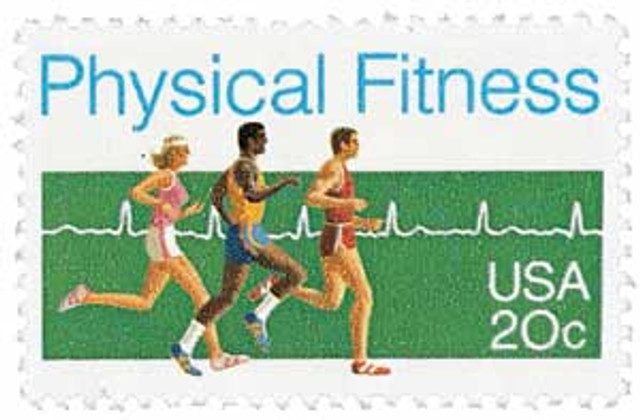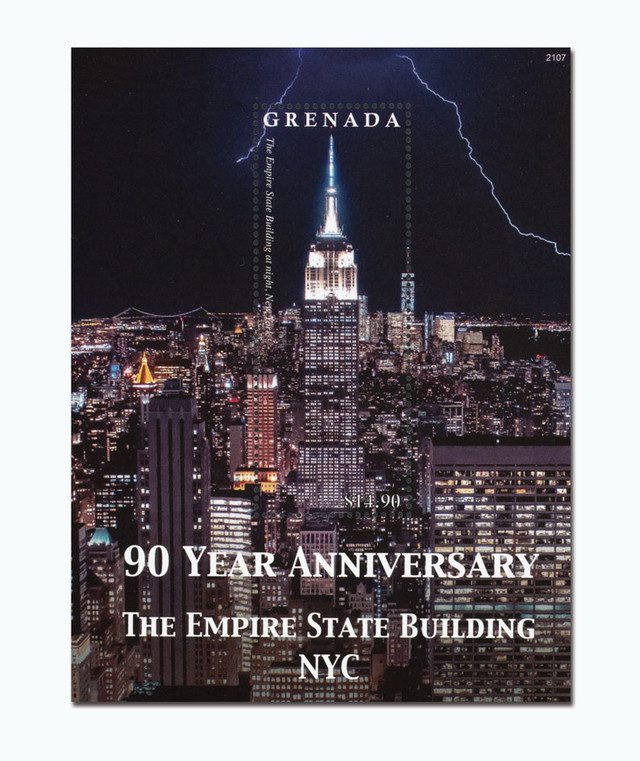
After 13 months of construction, the Empire State Building opened in New York City on May 1, 1931. It was the tallest building in the world for nearly 40 years. Despite being surpassed in height by several other buildings, it’s one of America’s most iconic buildings, hosting millions of tourists ever year.
In 1799, New York City sold a tract of farmland to John Thompson for $2,600. In the 1820s, John Jacob Astor purchased the land and he and his family eventually opened the Waldorf-Astoria Hotel on the site. By the 1920s, the hotel was out of date and developers decided to move to Park Avenue. The Bethlehem Engineering Corporation purchased the property, planning to construct a 25-story office building. Unable to raise the funds they needed, the property was then sold to Empire State Inc., a group of wealthy New Yorkers led by former governor Alfred E. Smith.
Empire State Inc. set out to build the world’s tallest building. It was initially planned to be 50 stories, then 60, and later 80. Limits were placed on the heights of any new surrounding buildings, so that the top 50 floors of the Empire State Building would have unobstructed views. Before construction on the Empire State Building began, other companies were vying to claim the title of world’s tallest building, notably the Bank of Manhattan Building and the Chrysler Building. This led to the “Race to the Sky,” with plans for each building changing several times to ensure it would be taller than the others. By the time the Empire State Building’s final design was unveiled, there had been 15 different versions proposed.

The Waldorf-Astoria Hotel was torn down in October 1929 and construction officially began on March 17, 1930. Workers built the structure’s frame at the rate of 4½ stories each week. It took one year and 45 days – including weekends and holidays – to complete the building. During the peak construction period, 3,400 men were on the job. During this time, Lewis Hine was commissioned to take photographs of the men at work. To capture shots of workers in precarious positions, he was swung out in a specially designed basket 1,000 feet above Fifth Avenue.
It took skilled hands to produce a welding seam strong enough to support the weight of the building and withstand buffeting winds. Welders faced difficulties while performing their jobs – glaring light damaged their eyes, intense heat from sparks scarred their skin, and fumes from melting metal irritated their nose, throat, and lungs. They accepted the risks to be part of constructing the first 100-story building in the world.
As the Empire State Building rose over New York City’s skyline, derricks, or cranes, relayed the steel beams up to the higher floors. While the machine provided the power, skilled men were needed to guide the girders into place. Each beam was manufactured to exact specifications in Pennsylvania mills, then labeled with its future location in the building. Within days, the girder was placed in its designated position. The process was so fast that the steel would sometimes arrive at the construction site still warm from the forge.

While the “skyboys” worked at dizzying heights, men on the ground performed tasks that were just as important. One of those jobs was guiding the steel girders up the frame of the skyscraper. The strain on the cables increased as the beams rose higher, calling for strong muscles to keep the steel under control. The guide had to give his full attention to his duty, because the lives of his co-workers were at stake if the girder swung wildly. His steady grip and unfailing concentration helped construction progress quickly and safely.
Crowds gathered on the sidewalk to watch workers create the giant frame while the building was under construction. Each team of riveters performed a well-coordinated show for spectators below. The heater worked at the forge, which was often balanced on a plank between two steel beams. He heated the rivets until they were red-hot, then tossed them, one at a time, to the catcher. At the start of construction, a catcher used an old paint can to catch the rivets. Later, a specially designed catching can was developed. With his other hand, the catcher removed the rivet with tongs and placed it in a hole in the beam. The bucker-up steadied the rivet from behind, while the gunman hit it with a riveting hammer, fusing it into the beam. The process was repeated thousands of times, from the ground floor to the 102nd. The riveters worked without safety equipment, balancing on the beams or dangling over the edge. Finally, the last rivet, made of solid gold, was ceremoniously put in place by Al Smith.

Construction was completed 12 days ahead of schedule and the building 45 days earlier than expected, on May 1, 1931. During the opening ceremony, President Herbert Hoover pushed a button in Washington, DC, that turned the lights on. The opening celebration hosted 350 guests, including Governor Franklin D. Roosevelt and Mayor Jimmy Walker. The building opened to the public the following day.
Two years after it was completed, the Empire State Building was featured in the film King Kong, marking the first of more than 250 time the famed building would be featured in that media. The Empire State Building has 102 floors, 73 elevators, and 6,500 windows. At 1,454 feet, it was the world’s tallest building until 1972, when the first tower of the World Trade Center in Manhattan was built.
Today, the Empire State Building is the seventh-tallest building in New York City and 54th-tallest in the world. It’s been declared one of the Seven Wonders of the Modern World by the American Society of Civil Engineers and the American Institute of Architects’ Favorite Architecture. The building has also been designated as a New York City Landmark and a National Historic Landmark.
Click here for more from the building’s website.
| FREE printable This Day in History album pages Download a PDF of today’s article. Get a binder or other supplies to create your This Day in History album. |
Discover what else happened on This Day in History.






A couple of interesting factoids…When the building opened for business in 1931, America and the rest of the world was in the midst of the Great Depression, so most of the office space remained empty for years. The Empire State Building wasn’t fully occupied until the early 1950’s and was a money loser up to that time.
This is the first time I have seen 5 stars rating for any of the stamp reviews! Has this ever happened before?
was the last rivet really put in place by AJ Smith? A E Smith would seem to make more sense.